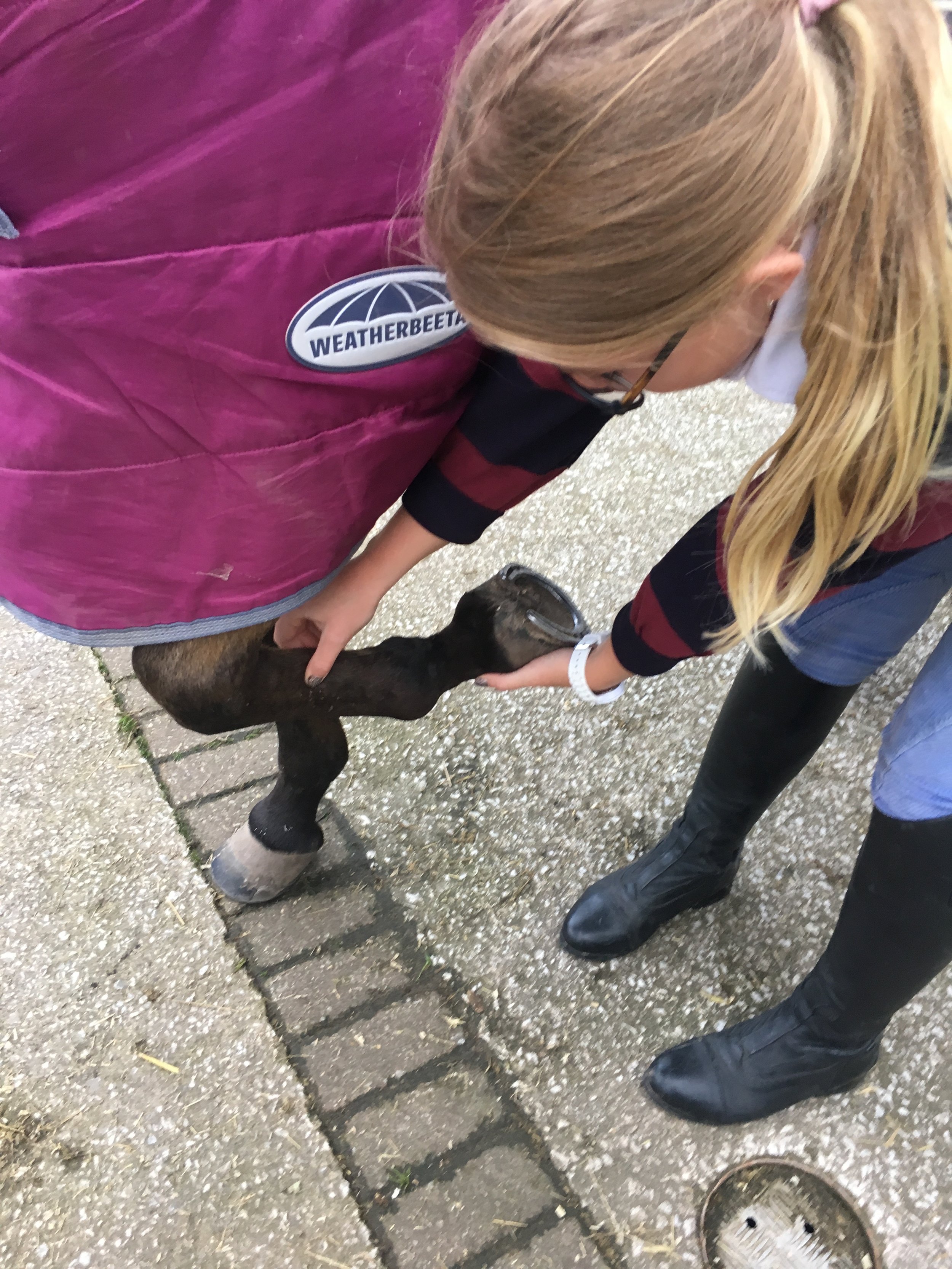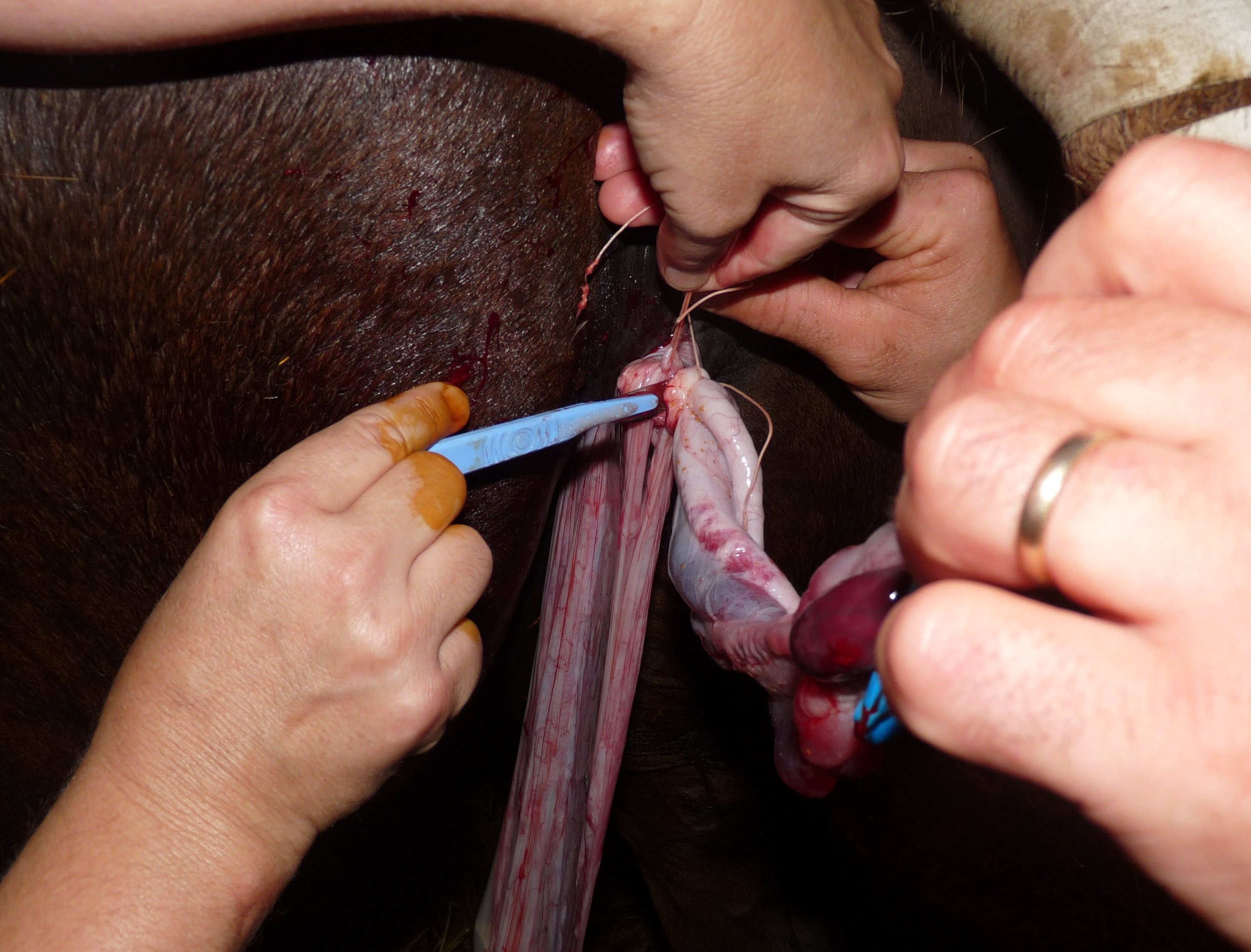Tendon function and failure: Recent advances
/Published in European Trainer - October - December 2017, issue 59
Click here to order this back issue!
Tendon injuries continue to be one of the most problematic injuries that affect racehorses. One of major issues facing veterinarians and trainers is that we have little understanding of why tendons become injured in the first place, how such the SDFT in the horse acts like the spring of a pogo stick, stretching and storing energy as a horse lands, and releasing energy to aid a horse’s locomotion as the limb pushes off.
There is a lot of clinical and research focus on these “energy-storing” tendons (such as the equine SDFT), as it is these tendons which are most prone to injury, and it appears to be a property of the function of such high strain, elastic tendons which result in these significant injuries will lead to so much economic loss and welfare issues for the affected horses. Under such extreme mechanical demands, it is not surprising the SDFT is prone to overuse injury, particularly amongst racehorses. SDFT injuries are highly debilitating, requiring considerable rehabilitation periods and are often career-limiting.
There is little convincing evidence of efficacy for any current treatment, and even after extensive periods of rest and rehabilitation, re-injury rates are extremely high, with little knowledge of how best to safely reintroduce training. In the horse, tendons are also extremely long, due to the length of a horse’s leg. In the horse’s forelimb, there is no muscle lower in the leg than the level of the knee (carpal) joints, and tendons mainly extend from the level of the knee down to the hoof.
To understand why tendons, such as the equine SDFT, become injured and how we may develop methods to allow better treatments, we and other researchers, have been developing an understanding of how elastic “energy-storing” tendons function and how do they fail.










